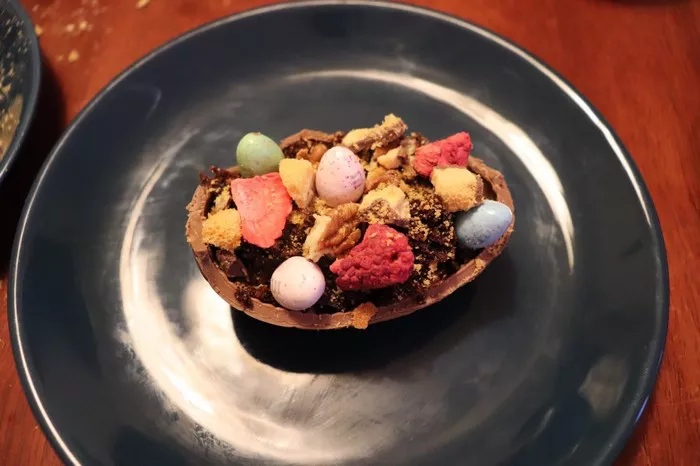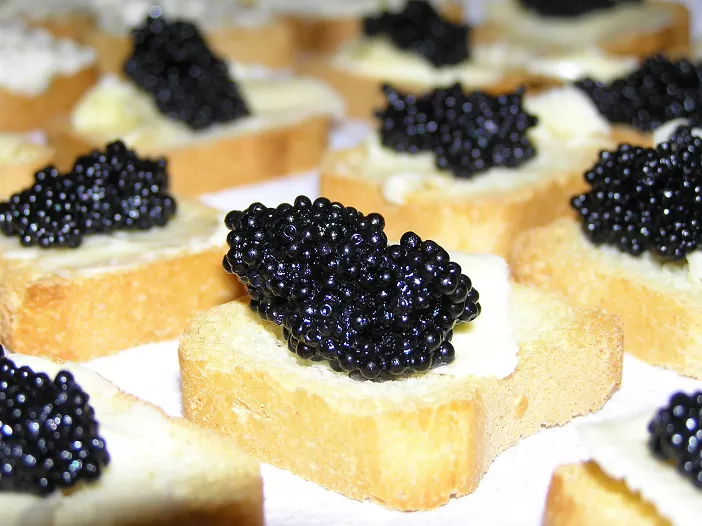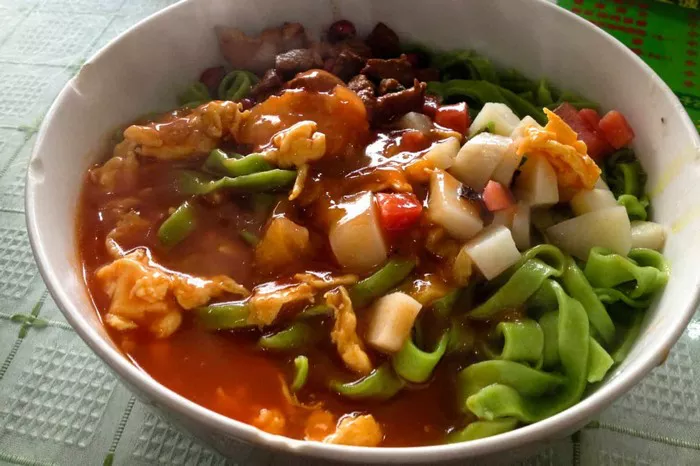Chocolate lovers rejoice, for in the realm of desserts, few creations rival the sublime decadence of Chocolate Pie. With its velvety texture, rich cocoa flavor, and endless variations, this dessert has earned its place as a timeless classic. In this comprehensive exploration, we delve into the world of Chocolate Pie, uncovering its origins, discussing key ingredients, and sharing professional tips for creating the perfect chocolatey masterpiece.
The Origins of Chocolate Pie:
The concept of pies dates back centuries, with early variations appearing in medieval Europe. However, the marriage of chocolate and pie crust as we know it today has more recent roots. The chocolate pie gained popularity in the United States during the 19th and early 20th centuries, becoming a staple at diners and family gatherings.
One of the most iconic forms of the chocolate pie is the Mississippi Mud Pie, which originated in the Southern United States. This pie typically features a chocolate crust, and a rich layer of chocolate filling, and is often topped with a layer of marshmallows and pecans. Over time, variations like the French Silk Pie and Chocolate Cream Pie have further solidified chocolate’s place in the world of pies.
The Key Ingredients:
1. Pie Crust:
The foundation of any great pie is its crust. For chocolate pie, the crust serves as a delicate vessel to hold the rich filling. Traditional pie crusts, whether made with butter, shortening, or a combination of both, provide a flaky and buttery base. Alternatively, chocolate cookie crusts or even graham cracker crusts can be employed for an added layer of flavor.
2. Chocolate Filling:
At the heart of every chocolate pie is its luscious filling. The choice of chocolate is crucial in determining the depth of flavor. Dark chocolate, with its intense cocoa notes, is often preferred for a sophisticated touch, while a blend of milk and dark chocolate can create a well-balanced sweetness. Professional bakers may experiment with cocoa powder, melted chocolate, or both to achieve the desired richness.
3. Sweeteners:
Balancing the bitterness of chocolate requires the right amount and type of sweeteners. Granulated sugar is a common choice, but variations like brown sugar or even a touch of honey can add complexity. Professional bakers often advocate for a combination of sugars to achieve the perfect sweetness profile without overshadowing the chocolate flavor.
4. Dairy:
Dairy products play a crucial role in creating the smooth and creamy texture of chocolate pie filling. Heavy cream, whole milk, or a combination of both contribute to the luxurious mouthfeel. Butter is another essential dairy component, adding richness and depth to the filling.
5. Eggs:
Eggs serve as both a binding agent and a contributor to the pie’s structure. The yolks provide richness, while the whites contribute to the pie’s structure. Professional bakers often emphasize the importance of properly incorporating eggs into the filling to achieve a smooth and homogenous texture.
6. Flavor Enhancers:
To elevate the chocolatey goodness, flavor enhancers such as vanilla extract, espresso powder, or a hint of sea salt are often added. These elements help accentuate the complexity of the chocolate, creating a well-rounded and indulgent experience.
Professional Tips for Perfect Chocolate Pie:
1. Tempering Chocolate:
For a glossy and smooth chocolate filling, tempering is key. Slowly melting the chocolate and allowing it to cool slightly before incorporating it into the filling ensures a stable and velvety texture. This process prevents the chocolate from becoming grainy and imparts a professional finish to the pie.
2. Blind Baking the Crust:
To achieve a crisp and flaky crust, professional bakers often recommend blind baking. Pre-bake the crust with weights to prevent it from puffing up, ensuring a sturdy base that complements the creamy filling. This step is especially crucial when dealing with no-bake chocolate pie recipes.
3. Whipping Cream to Perfection:
For pies that include whipped cream as a topping, achieving the perfect consistency is an art. Professional bakers suggest whipping cream just until stiff peaks form, ensuring a light and airy texture that complements the richness of the chocolate. Be cautious not to over-whip, as it can lead to a dense and buttery consistency.
4. Chilling Time:
Allowing the chocolate pie to chill thoroughly is non-negotiable. This not only sets the filling but also enhances the flavors. Professional bakers recommend refrigerating the pie for at least a few hours or, ideally, overnight for a sliceable, perfectly set dessert.
5. Decorative Garnishes:
Elevate the presentation of your chocolate pie by adding decorative garnishes. Shaved chocolate curls, a dusting of cocoa powder, or a drizzle of melted chocolate can turn a simple pie into a work of art. Professional bakers emphasize the importance of aesthetics in creating a memorable dessert experience.
Variations and Innovations:
1. Salted Caramel Chocolate Pie:
Add a touch of sophistication by incorporating a layer of salted caramel between the crust and chocolate filling. The combination of sweet, salty, and chocolatey flavors creates a harmonious balance that appeals to the discerning palate.
2. Mocha Chocolate Pie:
Infuse your chocolate pie with a hint of coffee by adding espresso powder or strongly brewed coffee to the filling. The subtle coffee notes complement the chocolate, resulting in a pie with a deeper and more complex flavor profile.
3. White Chocolate Raspberry Pie:
For a delightful twist, consider using white chocolate in the filling and topping the pie with a layer of fresh raspberries. The tartness of the berries cuts through the sweetness of the white chocolate, creating a well-balanced and visually appealing dessert.
Chocolate Pie in the Professional Kitchen:
Chocolate pies have secured their place on the menus of professional bakeries and restaurants, often featured as a decadent dessert option. The versatility of chocolate pie recipes allows chefs to experiment with different flavor combinations and presentation styles, catering to a diverse range of tastes.
In a professional kitchen, precision is paramount. Chefs meticulously measure ingredients, control temperatures, and pay attention to details to ensure consistency in every slice. Additionally, pastry chefs may explore innovative techniques, such as infusions, to elevate the flavor profile of their chocolate pies and offer patrons a unique and unforgettable dining experience.
Conclusion:
In the world of desserts, Chocolate Pie stands as a testament to the enduring allure of chocolate. Whether you opt for a classic recipe or venture into innovative variations, the combination of a flaky crust and a velvety chocolate filling is sure to satisfy even the most discerning sweet tooth. With the insights shared in this professional exploration, you’re well-equipped to embark on a chocolatey journey, creating pies that not only tantalize the taste buds but also showcase the artistry of the pastry chef. Indulge in the decadence of Chocolate Pie and let each slice transport you to a realm of pure culinary delight.

























